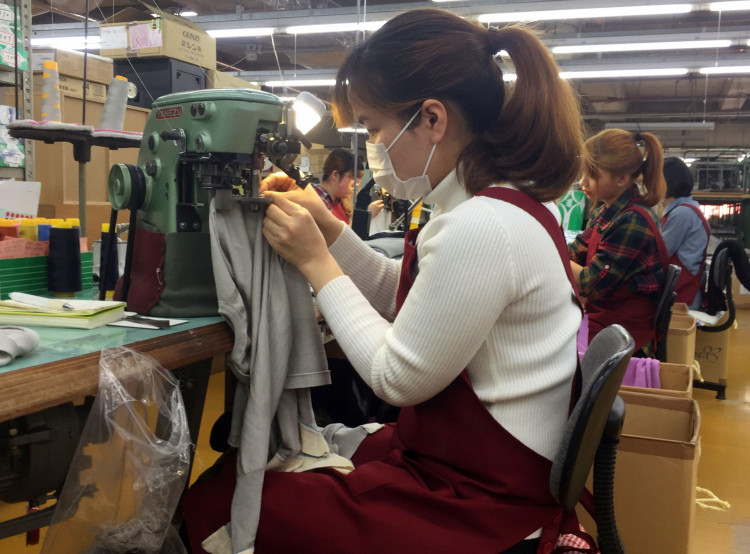The latest data from joint studies by the Organization for Economic Co-operation and Development (OECD) and the Asian Development Bank (ADB) revealed that Vietnam has recorded its highest rate yet in women participating in the workforce.
According to Vietnam Briefing, the joint report suggested that around 79 percent of Vietnamese women aged between 15 and 64 are either in search of jobs in the workforce or already hired.
The country is known for its high labor employment rates among women. The percentage is also much higher compared to the figures rounded up by other ASEAN countries. However, industry experts said more work needs to be done for better work opportunities for females in the country.
Women are expected to keep the trend up in joining the labor force. However, there is an apparent gap in terms of some key sectors in the overall Vietnamese workforce, including supervisory and managerial offers.
There are still more males in the said job posts in crucial sectors such as engineering, architecture, and information technology. This is not to mention that there significantly fewer women in ministerial, parliamentarian, and other governmental posts.
The report noted that among the key sectors that experienced an influx in female applicants are the seafood, footwear, and textile segments. However, recent reports suggested that the working environment in the said sectors needs to be improved to prevent health issues.
Equality is still an issue in the Vietnamese workforce, a study by the International Labor Organization (ILO) revealed. Particularly in technical fields, most employers still prefer male workers.
In a separate report by Norway's Peace Research Institute in Oslo and the U.S. Georgetown Institute released this month, Vietnam placed 92nd in the Women, Peace and Security Index.
The index-based its assessments on 11 indicators under three main metrics that would gauge a country's efforts and work towards women empowerment. Among the indicators were employment and education, as well as legal discrimination against women.
While the country improved in several aspects of the index, the report noted that Vietnam's "son bias" is still an issue that needs to be resolved. The said culture is an indication of severe discrimination against females in the family and in society.
Furthermore, the report revealed that women's quality of life in the country declined due to conflicts in some regions as well as a lack of security. It remains to be seen how the government will respond to the said issues.
The Vietnamese government has implemented changes in several aspects of women empowerment in societal settings such as education and the workplace. In the healthcare sector, in particular, significant changes were felt around the country.
Pregnant female workers now have more control over their options for resignation if their health requires them to, and mothers who recently gave birth are allowed to take 60 minutes of break daily for rest.






